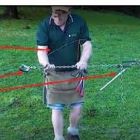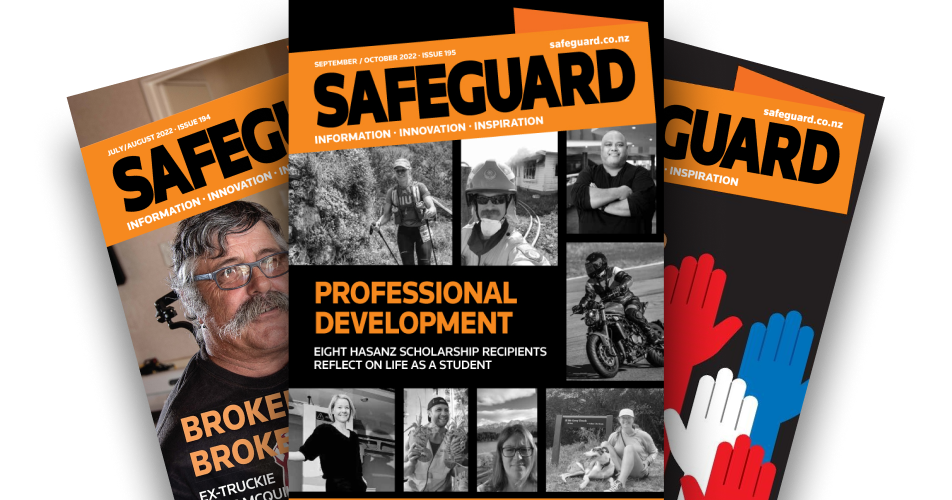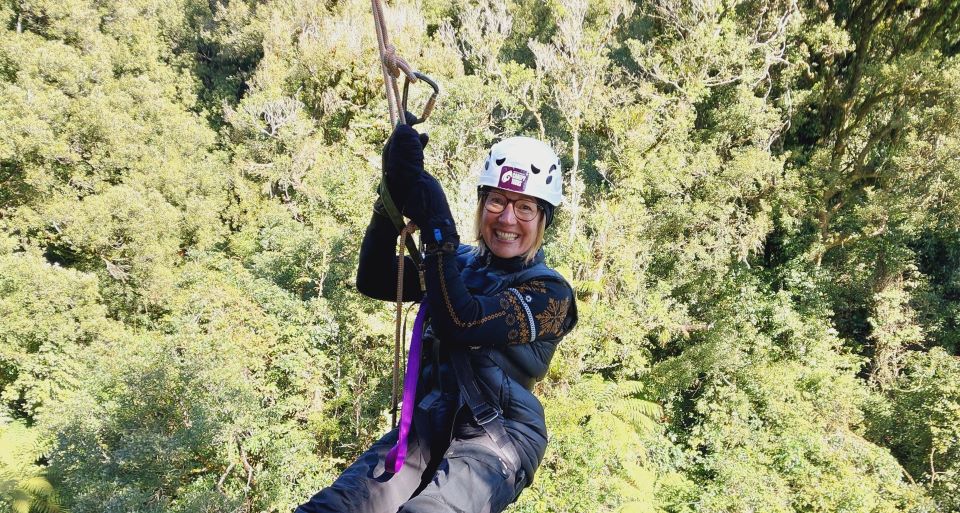Incident: safety glasses not worn
Issue 201
A young worker not wearing safety glasses received a lifelong eye injury when a wire snapped. His employer did not require glasses to be used for the task. PETER BATEMAN summarises.
Context
- The work site was a commercial avocado orchard consisting of several thousand trees.
- Hundreds of kilometres of windbreaks had been installed to protect juvenile trees.
- A windbreak consists of a top and bottom high tensile wire stapled to wooden poles, with shelter cloth attached to the wires with clips.
- Work to install, maintain, repair and remove them was referred to as fencing work.
- D had been with the company for three months as a casual worker and was under supervision by P and an experienced worker, N.
Detail
- D and N were straining wires under the supervision of P.
- A wire flicked back and scratched D under the chin.
- P strongly advised D to wear safety glasses in future but did not report the near miss.
- The near miss was mentioned at a toolbox meeting a week later.
- Two weeks later, P asked D and N to fix a loose top wire.
- P had signed out safety glasses for the two men a few days earlier but did not check they took the glasses with them for this task. D did not take the glasses.
- D and N used wire strainers to tighten the wire.
- They both let go of the wire at the same time, causing a wire to penetrate D’s left eye.
- His significant eye injury required two operations and has left him with impaired vision.
Background
- The company’s standard induction for new workers covered fruit picking and spraying but not fencing.
- There was no SOP for fencing tasks.
- The induction mentioned PPE generally but did not refer to its use for specific tasks.
- Competency assessment and further training was on-the-job by observation of experienced staff.
- Neither P nor N had received any guidance in how to supervise or train others.
- Wearing eye protection during fencing wasn’t a requirement. It was viewed as a personal responsibility.
- D had seen others – including P and N – doing fencing without safety glasses.
Lessons
- Develop an SOP for high risk tasks and ensure it is well understood.
- Develop a standard way of ensuring workers are competent in specific tasks.
- Make use of free WorkSafe resources, like its fact sheet on supervising workers and its ‘quick guide’ on protecting workers’ eyes.
- Refer to NZKGI’s Best Practice Guidelines for Workplace Safety – Protection from Eye Injury in a Kiwifruit Orchard.
Safeguard Magazine
Subscribe today for health, safety and wellbeing news and insights
{"insiderCTA":{"title":"Safeguard Insider Bulletin","tagline":"The best of Safeguard, straight to your inbox every month. Free","img":"/media/1666/insider-hero.png","buttonLabel":"Sign Up for Safeguard Insider","buttonLink":"https://www.surveymonkey.com/r/sign-up-insider"},"ads":[{"name":"NZISM 50 Years","img":"/media/1593/nzism-50-years.jpg","url":"https://indd.adobe.com/view/abd37b0b-e85a-45e3-ad0c-8d1bb0410330","utm_source":"Safeguard","utm_medium":"Banner","utm_campaign":"50+years","utm_term":"","utm_content":""},{"name":"Safeguard National Health \u0026 Safety Conference 2025","img":"/media/1928/55535-tr-safeguard-conference-2025-banner-210x220.jpg","url":"https://safeguard.co.nz/events","utm_source":"Safeguard","utm_medium":"Banner","utm_campaign":"SG+Conference","utm_term":"Blank","utm_content":"Blank"},{"name":"Guardian Angel Safety","img":"/media/1591/guardian-angel-safety.jpg","url":"https://guardianangelsafety.co/","utm_source":"Safeguard","utm_medium":"Banner","utm_campaign":"Lone+Worker+safety+solutions","utm_term":"","utm_content":""},{"name":"Blue Steel \u0026 RSEA Safety","img":"/media/1595/rsea-safety.jpg","url":"https://www.rsea.co.nz/article/700/rsea-safety-steel-blue","utm_source":"google","utm_medium":"banner","utm_campaign":"RSEA+Blue+Steel+Boots","utm_term":"Work+Boots","utm_content":""},{"name":"Workdek","img":"/media/1597/workdek.jpg","url":"https://workdek.com/","utm_source":"google","utm_medium":"banner","utm_campaign":"Prevention","utm_term":"workdek","utm_content":""},{"name":"AA Driving School - Practical \u0026 Online","img":"/media/1589/aa-motoring.jpg","url":"https://www.aa.co.nz/drivers/driver-training-for-fleets-and-businesses/","utm_source":"www.safeguard.co.nz","utm_medium":"Banner","utm_campaign":"Practical+%26+Online","utm_term":"","utm_content":""},{"name":"Foundation passport","img":"/media/1596/sitesafe.jpg","url":"https://www.sitesafe.org.nz/training/our-training-courses/?utm_source=SafeGuard\u0026utm_medium=Digital_banner\u0026utm_campaign=Foundation","utm_source":"Safeguard.co.nz","utm_medium":"Banner","utm_campaign":"Foundation+passport","utm_term":"Foundation+passport","utm_content":""},{"name":"NZSB - Taking Care of your safety","img":"/media/1594/nz-safety-blackwoods.jpg","url":"https://nzsafetyblackwoods.co.nz/en/","utm_source":"Safeguard","utm_medium":"Banner","utm_campaign":"Taking+Care+of+your+safety","utm_term":"","utm_content":""},{"name":"Impac","img":"/media/1592/impac-2.jpg","url":"https://impac.co.nz/consulting/","utm_source":"Safeguard","utm_medium":"Banner","utm_campaign":"Consulting","utm_term":"","utm_content":""},{"name":"Edenfx","img":"/media/1590/eden-fx.jpg","url":"https://edenfx.co.nz/","utm_source":"Safeguard","utm_medium":"Banner","utm_campaign":"Be+the+best","utm_term":"","utm_content":""},{"name":"SiteSafe May 2023","img":"/media/1695/sitesafe-may-2023.jpg","url":"https://sitesafe.org.nz/","utm_source":"Safeguard","utm_medium":"Safeguard","utm_campaign":"Safeguard","utm_term":"Safeguard","utm_content":""}]}




